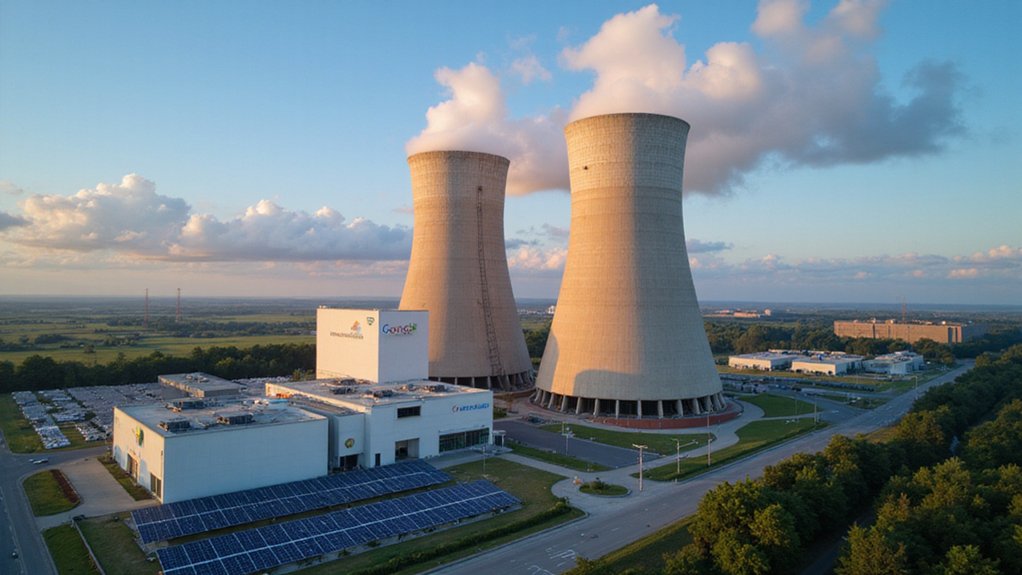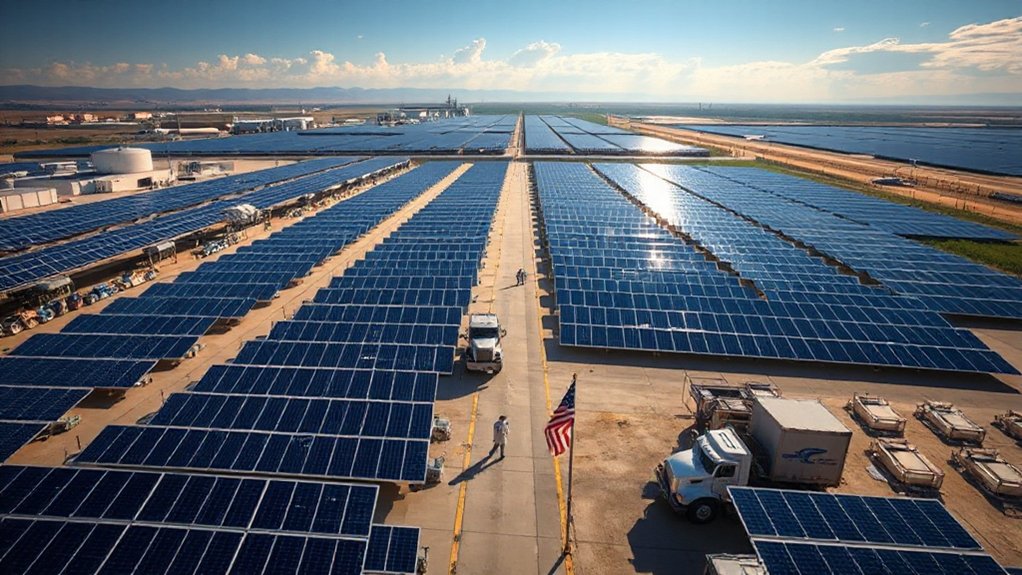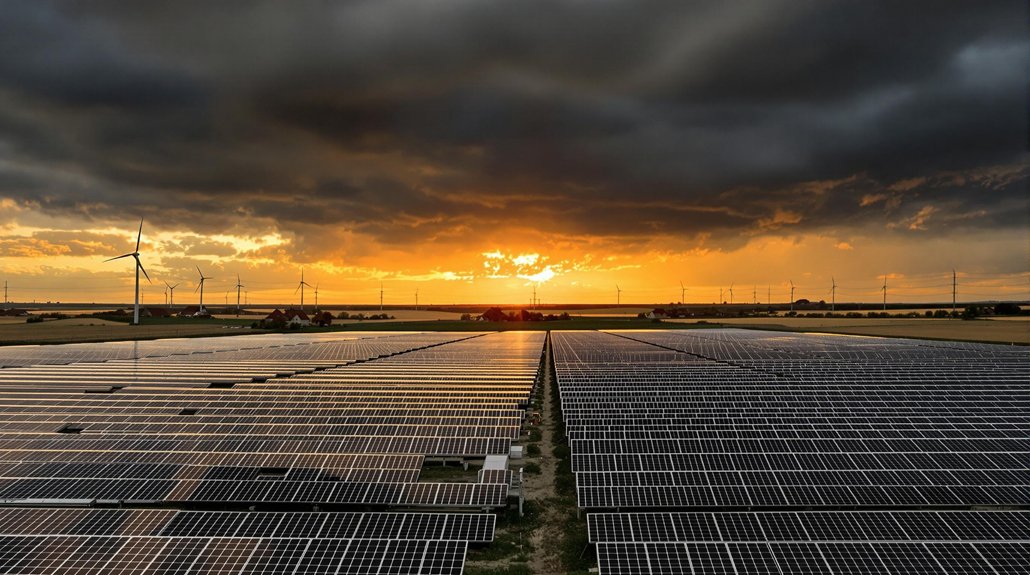Solar power is changing America’s energy environment, and five states are leading the charge. California, Texas, Florida, Arizona, and Nevada have embraced renewable energy in impressive ways. They’ve installed massive solar farms, created thousands of jobs, and cut carbon emissions considerably. Each state brings its own approach to solar adoption, from California’s pioneering regulations to Nevada’s desert sunshine advantage. The innovations happening in these states aren’t just powering homes—they’re reshaping how the nation thinks about energy.
As the United States races toward a greener future, several states are leading a solar power transformation that’s changing America’s energy framework.
California stands at the forefront with over 46,874 megawatts of solar capacity, enough to power more than 8.5 million homes. The Golden State ranks first in residential solar installations per capita and generates the most solar electricity nationwide. It’s also created thousands of jobs in the solar sector. The state boasts an impressive 80,056 solar jobs across 2,169 companies in the industry.
Texas has emerged as a powerful solar competitor, holding second place with 22,872 megawatts of installed capacity. This infrastructure supplies electricity to over one million Texan homes. Despite its reputation for oil production, Texas now ranks among the top five states for renewable energy generation and continues to expand its solar footprint rapidly. This growth reflects the nationwide trend where the US has tripled its clean energy production since 2015.
Florida, aptly nicknamed the “Sunshine State,” has secured the third position nationally with 13,912 megawatts of solar capacity. These installations power nearly 843,000 households across the state. Florida boasts the second-highest number of solar jobs in America and has made solar power central to its renewable energy strategy. The state’s utility-scale farms are offsetting tons of CO2 emissions annually, significantly improving its environmental footprint.
The Southwest is making remarkable contributions through Arizona and Nevada. Both states rank in the top five for solar capacity and per capita generation. Arizona’s solar infrastructure serves more than 810,000 homes, while Nevada leads all states in solar photovoltaic generation per person. Their abundant sunshine and supportive policies have accelerated adoption.
Perhaps most surprising is the rapid growth in unexpected regions. Montana achieved an extraordinary 433% increase in solar generation from December 2022 to December 2023, the fastest growth nationwide. Seventeen states, including Indiana, Colorado, and Illinois, saw solar generation jump by at least 50% year-over-year. These emerging markets are benefiting from falling panel costs and enhanced incentives.
State policies like renewable portfolio standards, tax credits, and net metering have been essential drivers behind this solar transformation. As costs continue to decrease and grid upgrades expand, America’s solar environment is being reshaped by these pioneering states.
References
- https://cleantechnica.com/2025/05/08/the-top-states-in-the-usa-for-solar-power/
- https://electrek.co/2025/05/08/4-of-the-top-5-ev-clean-energy-ev-states/
- https://www.ecowatch.com/solar/states-leading-solar-energy-installation
- https://seia.org/blog/the-solar-surge-in-trump-country-in-4-charts/
- https://www.consumeraffairs.com/solar-energy/solar-capacity-by-state.html








